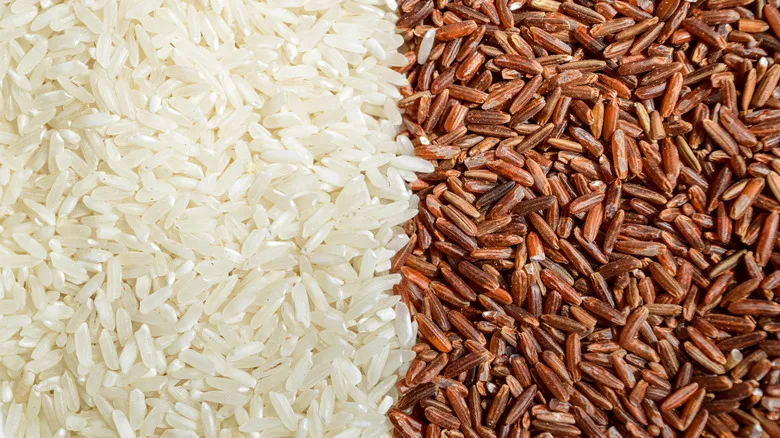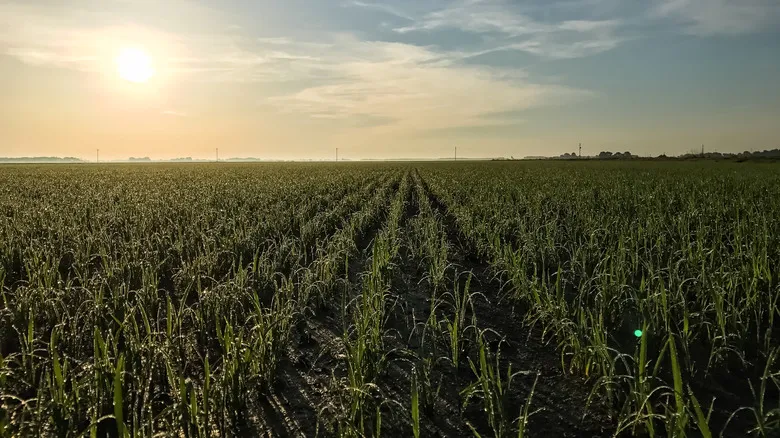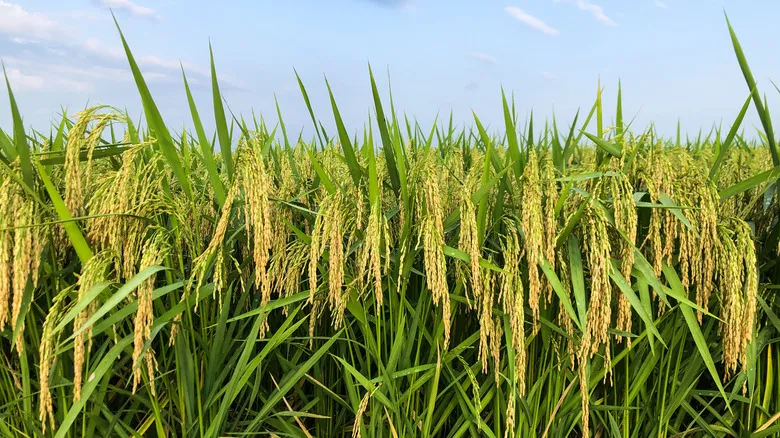The types of rice Arkansas grows

Long-grain rice is the dominant variety in Arkansas, making up the bulk of the state's rice output. Renowned for its simple cooking process and distinct, fluffy grains, this type of rice is a common feature in many American kitchens and reflects the national trend, where long-grain rice represents approximately 75% of total rice production. Arkansas is responsible for producing more than half of this amount.
While long-grain rice is the star in Arkansas, the state also contributes to the cultivation of medium-grain rice, which is characterized by its stickier and chewier texture when cooked—ideal for dishes like paella and risotto. Although medium-grain rice production in Arkansas is not as extensive as that of long-grain, the state does grow a significant quantity, especially during drought periods that affect California, the leading producer of this variety.
How Arkansas came to be the United States' top producer of rice

Arkansas' role in the U.S. rice market began almost by chance when Nebraskan farmer W.H. Fuller embarked on a hunting trip to Louisiana in 1896. Having relocated in a covered wagon to Lonoke County, Arkansas, the previous year, Fuller was struck by the lush, abundant rice fields of Louisiana and recognized that the absorbent clay and silt loam soils there were quite similar to those of his new home. At that time, farmers in Arkansas were searching for a reliable crop beyond cotton that could yield consistent profits on a commercial scale. Fuller believed rice could be the solution they were looking for. He decided to experiment with the crop back home, investing $400 in the endeavor. Unfortunately, it was a failure.
The reasons for Fuller's initial lack of success remain unclear, but his subsequent actions exemplify determination. He packed his belongings and returned to Louisiana, where he sought advice from successful rice farmers to learn their techniques. In 1903, he returned to Arkansas with rice seeds purchased from local farmer Elias Moss, a formerly enslaved individual who cultivated rice on a small scale for his family's needs. Armed with seeds from Moss and insights gained in Louisiana, Fuller successfully cultivated rice on a large scale in the Grand Prairie of Arkansas.
By 1904, Fuller's harvest produced 5,225 bushels of rice from 70 acres. Just six years later, Arkansas was well on its way to becoming the rice production hub it is today, with research and milling operations also beginning to establish themselves.
Recommended

Everything You Need To Know About Nougat

Did The French Dip Sandwich Really Originate In California?

The Mississippi Slugburger Was Born Out Of Depression-Era Food Stretching

Why It's Illegal For Delaware Restaurants To Serve Margarine
Next up

